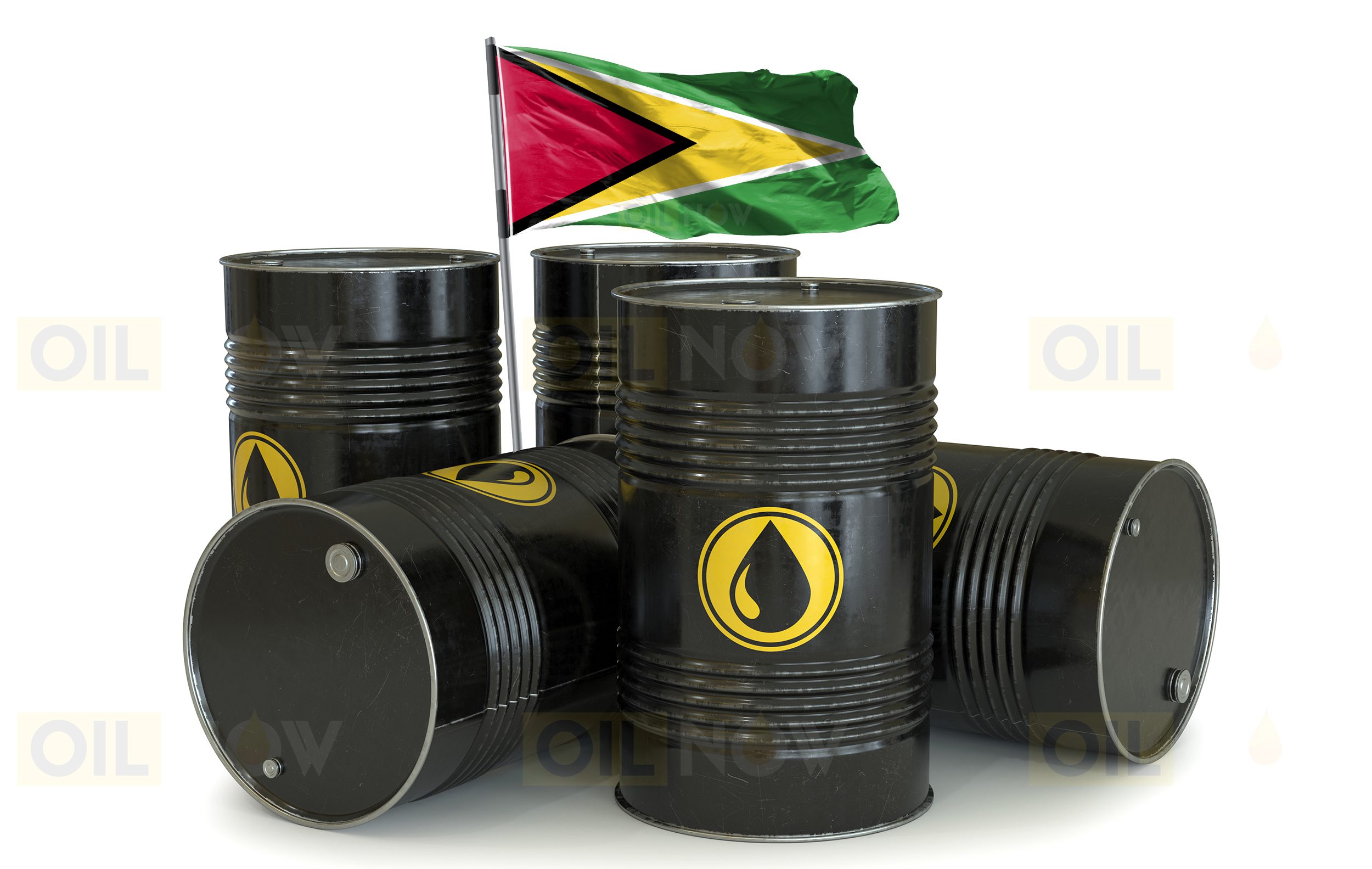By the end of November 2022, S&P Global said a total of 178 discoveries had been made globally from new-field wildcat (NFW) drilling. It said this saw a delivery of just over 18.7 billion barrels of oil equivalent (Bboe) recoverable resources. The independent data provider said Guyana is notably part of the top-tier nations that are responsible for this year’s achievement.
To underscore the magnitude of this year’s drilling performance, S&P said these discoveries, in addition to those that could be made in December, could surpass the 2019 numbers and potentially the most discovered recoverable resources from exploration drilling in the last five years.
Namibia also contributes to those records with the Venus and Graff in the Orange Sub-basin, by TotalEnergies and Shell respectively. These were the first discoveries in Namibia since 1974, when Chevron discovered the Kudu field, which remained the only discovery in the country until this year.
Venus is a 600 square kilometres (sq. km) basin floor fan, with partners in the group comparing the discovery to the Marlim field in the Campos Basin, offshore Brazil, which has Aptian-aged reservoirs. Based on these two discoveries alone, S&P said Namibia could go from a non-producing country to becoming one of Africa’s top oil producers within the next 10 years.
In Latin America, it said the Guyana Basin continues to deliver, with ExxonMobil making several big discoveries in 2022 such as Lau Lau, Fangtooth, Seabob, Barreleye and Sailfin. S&P said other discoveries that are equally worthy of mention include Yarrow, Kiru Kiru, Lukanani and Patwa.
Across the border in Suriname, S&P said Apache has been successful with its Baja discovery in Block 53. The discovery is the first in this block with the well encountering 34 m of net oil pay in high-quality New Amsterdam Formation reservoirs.
Staying in Latin America, the analytics group said it has witnessed a big discovery in Brazil named Alto de Cabo Frio NW by Petrobras. The pre-salt discovery is located within the East Campos Sub-basin in a water depth of over 1,800 m. A depth structural map of the base salt (pre-drill) shows a mega structural closure of 2,700 sq. km covering almost the whole block. Prior to drilling it was thought that the structure may be compartmentalised. The well encountered a thick interval of pre-salt carbonate reservoirs and confirmed a good productivity index.
Moving northeast 13,250 km to Alaska, S&P said Pantheon Resources had success with a high impact well (HIW) targeting its Theta West prospect. The well encountered just over 350 m of hydrocarbon bearing reservoir across the Brookian aged Upper Basin Floor Fan and Lower Basin Floor Fan horizons. Unfortunately testing operations were hampered by extremely cold weather but, following plugging and abandonment, the company stated it had acquired sufficient information to determine that movable hydrocarbons were present.
Overall, S&P said 2022 has turned out to be one of the most exciting years for exploration, especially when one considers the impacts of the COVID-19 pandemic and the Russia-Ukraine war.



